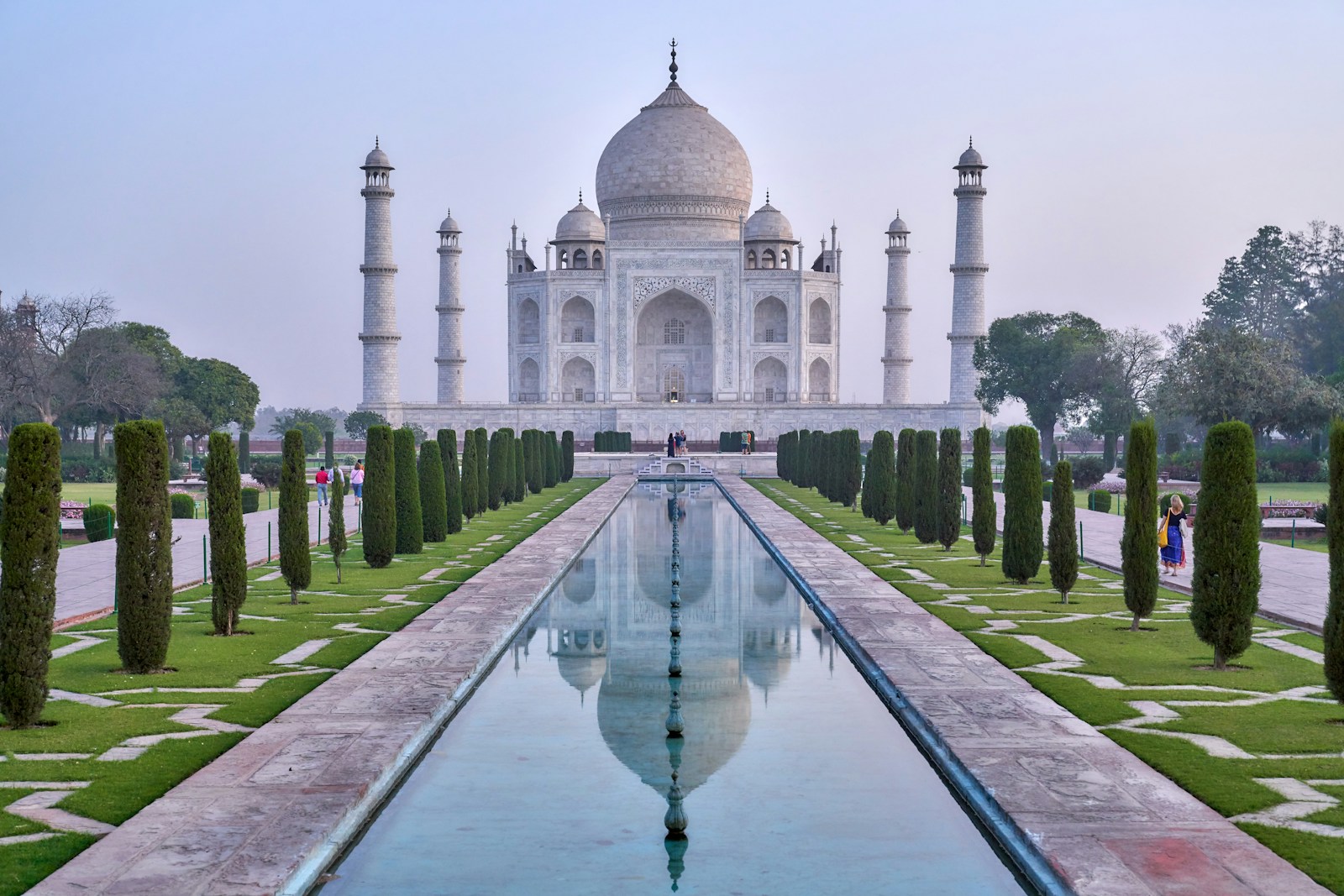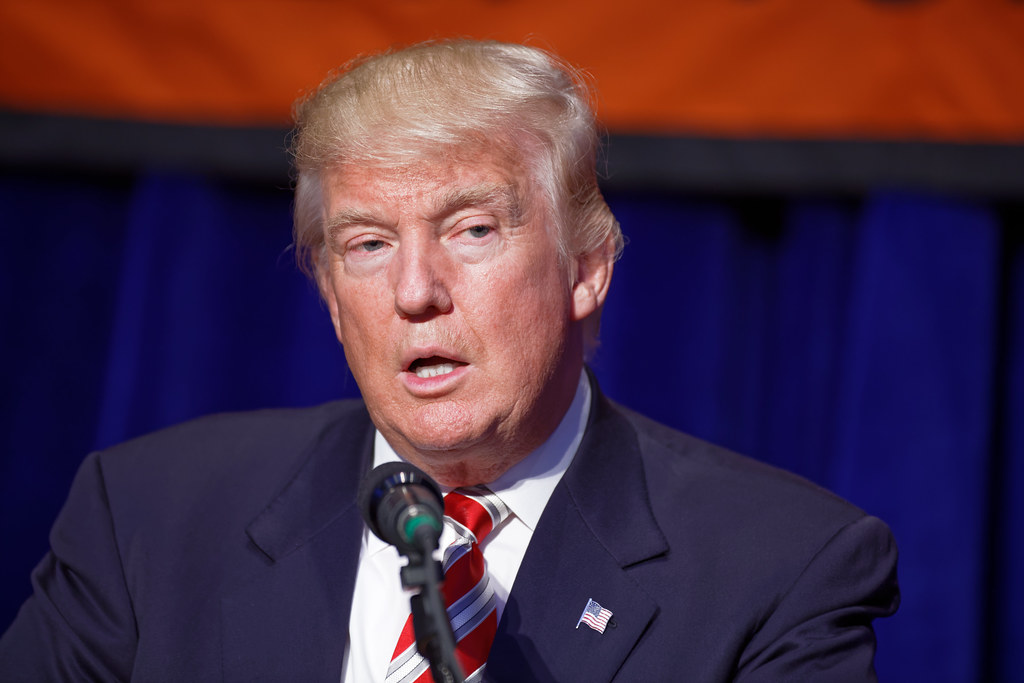
As the self-imposed August 1 deadline approached, former President Donald J. Trump intensified his administration’s global trade offensive, unveiling a fresh wave of sweeping tariffs targeting major trading partners. The latest actions, announced on Wednesday, July 30, have reshaped commercial relationships with nations like India, Brazil, and South Korea, while also signaling a broader escalation of protectionist policies that promise significant repercussions for the global economy and American consumers.
This aggressive push highlights a central tenet of Mr. Trump’s approach to international relations: the use of economic leverage to compel compliance and renegotiate terms. Governments worldwide have been racing against the clock to strike last-minute agreements with Washington, attempting to secure less punitive conditions before the new duties take effect.
Among the nations most prominently affected, South Korea successfully navigated the tense negotiations to secure a more favorable outcome. Initially facing a threatened 25% tariff on its exports to the United States, Seoul managed to reach an agreement on a 15% tariff. This rate aligns with levies determined from existing U.S. trade deals with key allies such as Japan and the European Union, marking a significant reprieve for the East Asian economic powerhouse.
Beyond the adjusted tariff rate, the agreement with South Korea encompasses substantial commitments. Mr. Trump announced that South Korea would invest an unspecified “large sum of money” in the United States. Later, more concrete figures emerged, with Mr. Trump revealing that the deal entailed South Korea committing “$350 Billion Dollars for Investments owned and controlled by the United States,” with the selection of these investments falling under his discretion as President. Furthermore, South Korea pledged to purchase “$100 Billion Dollars of LNG, or other Energy products.”
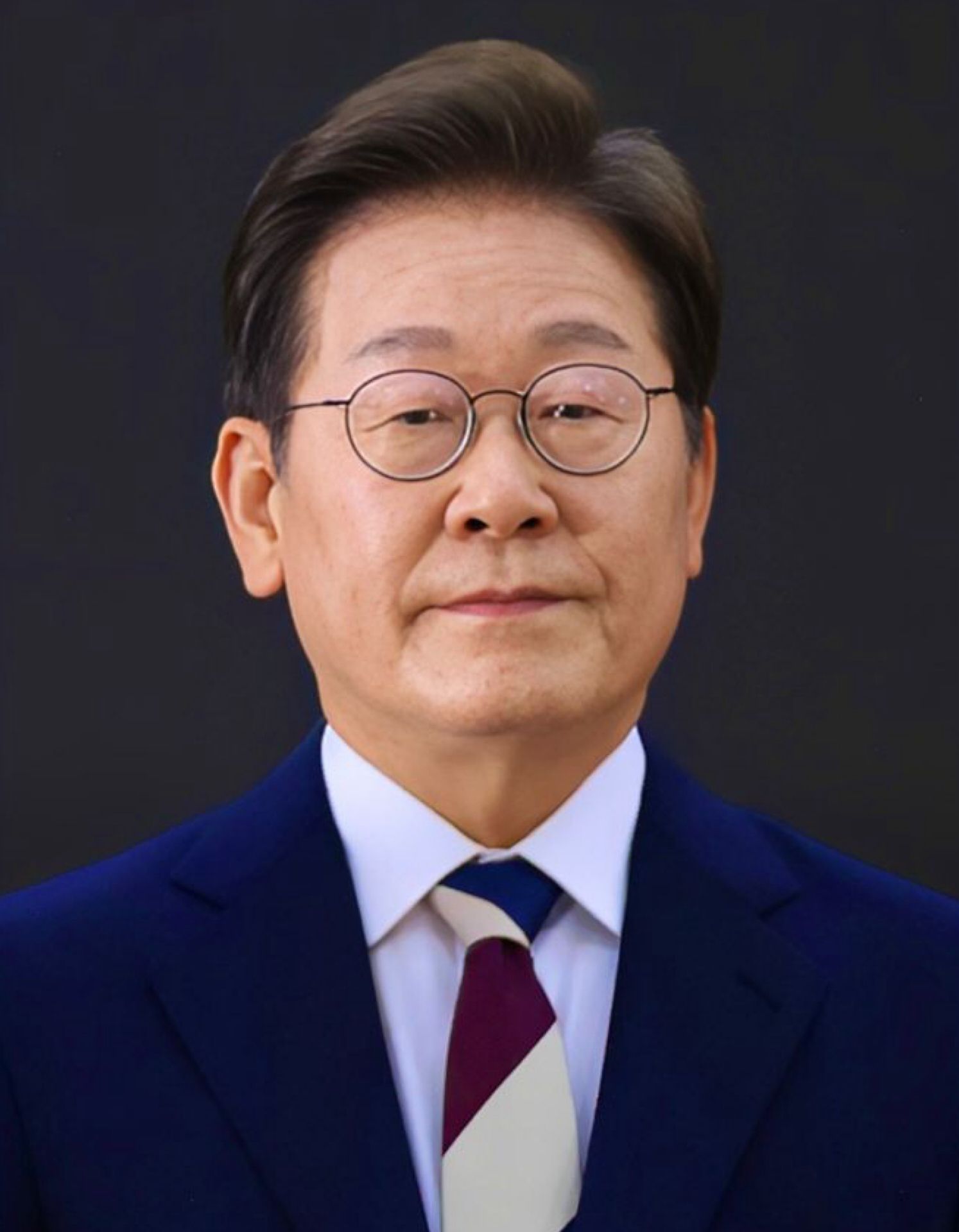
South Korean President Lee Jae-myung swiftly confirmed the trade agreement, signaling relief and strategic advantage for his nation. In a statement, President Lee declared that the country had “overcome a major hurdle.” He further elaborated that the agreement “eliminated uncertainty in the export environment and adjusted U.S. tariffs to be at or below those of key competitor nations,” thereby creating “conditions for our industries to compete on equal or even more favorable terms.” This outcome contrasts sharply with the broader uncertainty pervading global trade.
In stark contrast to South Korea’s negotiated relief, Brazil found itself subjected to “crippling 50% tariffs” on its goods. This severe levy, announced by Mr. Trump on July 30, was explicitly linked to the ongoing legal proceedings against his far-right ally, former President Jair Bolsonaro, who stands accused of attempting a coup in Latin America’s largest economy. Mr. Trump publicly characterized the prosecution as a “witch hunt” against Mr. Bolsonaro, and his administration also imposed sanctions against the judge overseeing the trial, Justice Alexandre de Moraes.
Despite the significant tariff rate, the Trump administration did introduce certain exemptions. Implementation of the Brazilian tariffs was delayed from Friday to August 6, and several key products were notably excluded from the prohibitive levy. These included orange juice, civil aircraft, iron ore, and some energy products, though important commodities like coffee and beef were not spared. Brazilian President Luiz Inácio Lula da Silva responded forcefully to the measures, asserting that he would defend “the sovereignty of the Brazilian people in the face of measures announced by the president of the United States.”
India, a burgeoning economic power, also faced the brunt of Mr. Trump’s latest trade declarations, with a 25% duty imposed on its goods, set to begin on Friday. This rate, while “slightly lower than previously threatened,” came after Washington and New Delhi failed to reach a comprehensive trade pact. Adding another layer of pressure, Mr. Trump stated that India would incur an unspecified “penalty” for its continued purchases of Russian weapons and energy, implicitly linking trade policy to geopolitical alignment.
Mr. Trump’s public statements regarding India were notably blunt, reflecting his administration’s frustration with the country’s trade practices and its relationship with Russia. On his Truth Social platform, he asserted, “I don’t care what India does with Russia. They can take their dead economies down together, for all I care.” He further criticized India’s trade policies, stating, “We have done very little business with India, their tariffs are too high, among the highest in the world.” India’s average tariff rate on U.S. goods in 2022 stood at 5.2%.
Despite Mr. Trump’s dismissive remarks, India represents a significant trading partner for American consumers and businesses, accounting for nearly $90 billion of goods flowing into the U.S. last year. Notably, India has recently become the top source of smartphone imports for the U.S., a direct consequence of Apple shifting production away from China to mitigate the impact of tariffs and geopolitical conflicts. Apple alone exported $17 billion worth of iPhones from India last year, with CEO Tim Cook anticipating that “the majority of iPhones sold in the U.S. will have India as their country of origin” starting this quarter.
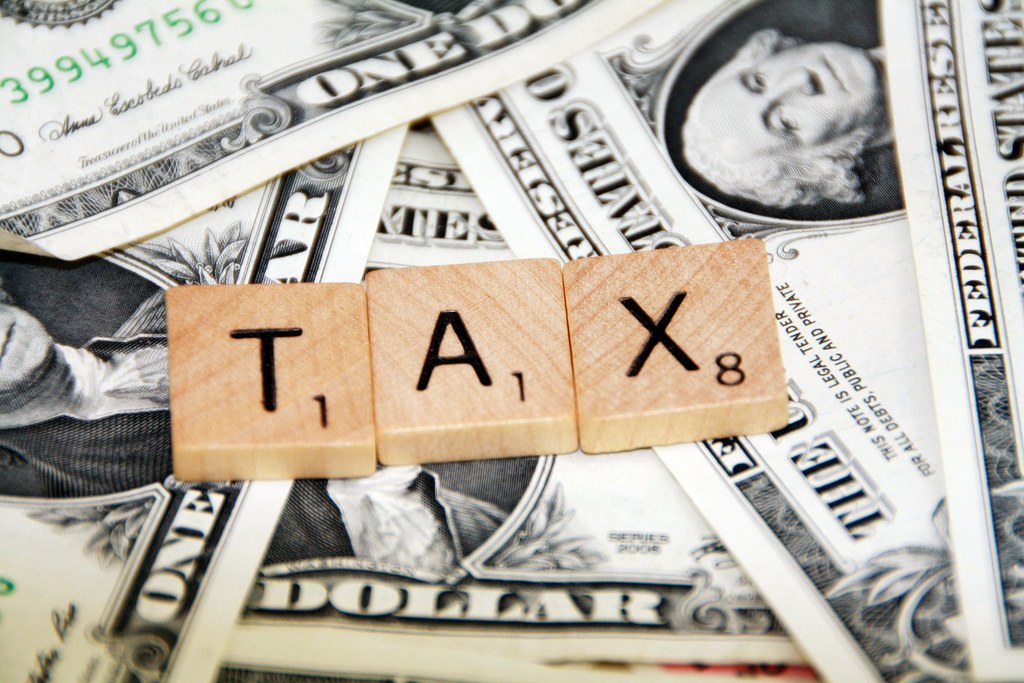
Beyond smartphones, other vital U.S. imports from India encompass chemicals, plastics, leather goods, agricultural products, and metals. Conversely, India’s primary purchases from the U.S. include oils, cement, stone, glass, and machinery. The imposition of these new tariffs on such a diverse range of products underscores the far-reaching economic implications of Mr. Trump’s policy decisions.
The latest tariff announcements are part of a broader strategy initiated by Mr. Trump in April, when he initially imposed a minimum 10% levy on goods from nearly all trading partners, citing unfair trade practices. This baseline rate was poised to escalate to varying levels for dozens of economies, including the European Union and Japan, but its implementation had been twice postponed amid gyrations in financial markets. Mr. Trump’s insistence on Wednesday that the August 1 deadline “will not be extended” further signals his resolve to implement these higher duties.
The White House confirmed that Mr. Trump plans to sign executive orders on July 31, formally setting the new tariff rates for countries globally, with the duties mostly taking effect on August 7. Countries that have yet to reach a separate arrangement with the United States may see their baseline fees rise to either 15% or 20% from the initial 10%. So far, a select group of nations, including Britain, Vietnam, Japan, Indonesia, the Philippines, the European Union, and South Korea, have managed to secure initial deals with Washington that include less punishing conditions.
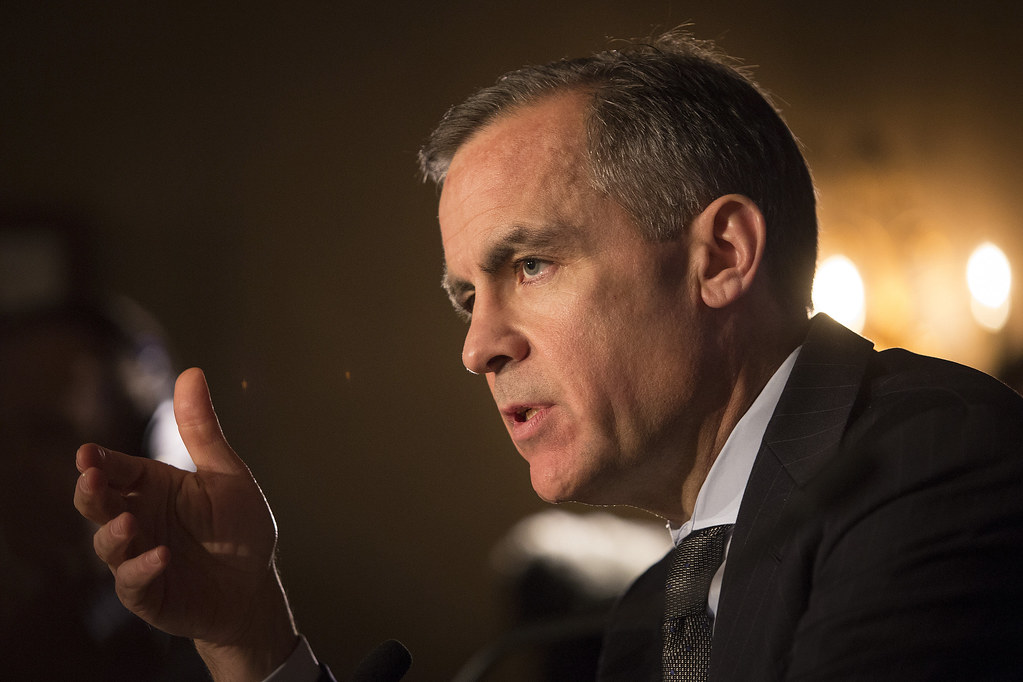
Canada’s trade relations with the U.S. also came under direct threat following Prime Minister Mark Carney’s announcement of plans to recognize a Palestinian state at the UN General Assembly in September. Mr. Trump reacted sharply on Truth Social, writing, “Wow! Canada has just announced that it is backing statehood for Palestine. That will make it very hard for us to make a trade deal with them.” This illustrates how geopolitical actions are being directly linked to trade negotiations by the Trump administration.
Mexico, too, found itself engaged in complex tariff negotiations, eventually securing a 90-day extension to come to a longer-term agreement. During this period, Mexico is set to continue paying a 25% “Fentanyl Tariff,” a 25% tariff on cars, and a 50% tariff on steel, aluminum, and copper. Furthermore, Mexico agreed to “immediately terminate” all of its non-tariff barriers and ensure continued cooperation on border security, encompassing aspects related to drugs, drug distribution, and illegal immigration into the United States. This interim agreement highlights the intricate interplay of economic and security concerns in Mr. Trump’s trade approach.
The aggressive pursuit of these tariffs has ignited significant concern among economists, who warn of potential adverse effects on the American economy. Higher tariffs, experts caution, are likely to fuel an uptick in inflation and exert downward pressure on economic growth, ultimately altering consumption patterns. A recent analysis by The Budget Lab at Yale University revealed that American consumers already face an overall average effective tariff rate of 18.2%, the highest since 1934, translating to an equivalent loss of as much as $2,400 per household in 2025. This analysis predated Wednesday’s announcement of tariffs on India, suggesting the actual impact could be even greater.
While the effect on consumer prices has been limited so far, analysts caution that this could become more pronounced as businesses deplete existing inventory and are compelled to pass on a greater share of their costs to buyers. The Federal Reserve, citing the economic and inflationary risks posed by Mr. Trump’s tariffs, recently declined to lower interest rates and cast doubt on previously anticipated rate cuts in September, underscoring the monetary policy challenges presented by the trade landscape.
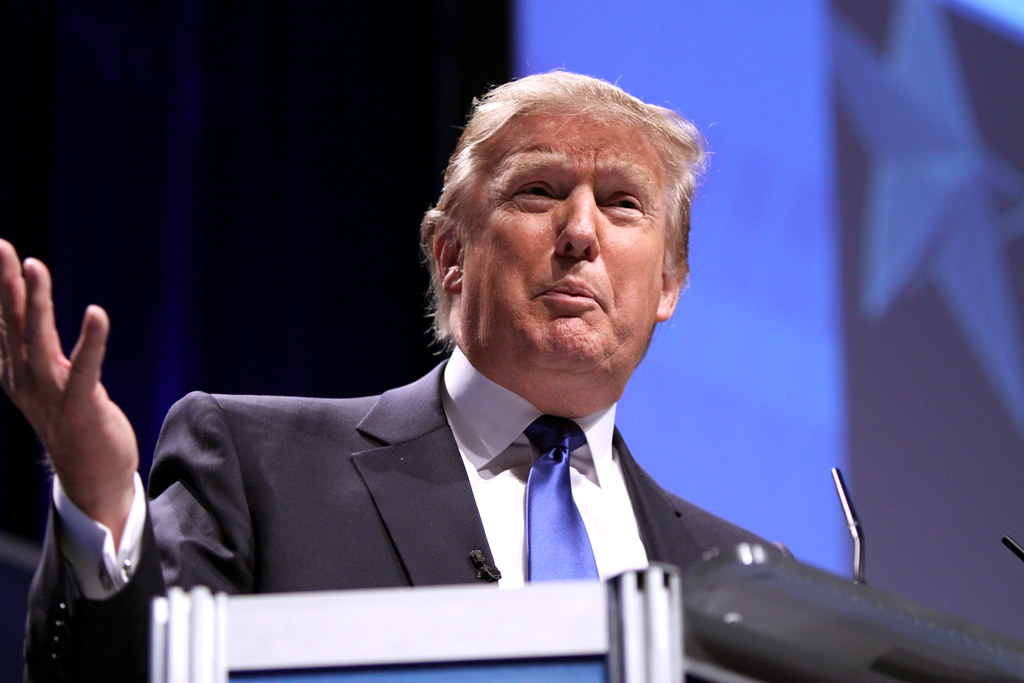
Industry observers and editorial boards have weighed in on the unfolding situation. *The Wall Street Journal* in an editorial, suggested that the ideal scenario for the economy would be for Mr. Trump to “‘finish his trade deals with the world so companies can finally figure out how to adjust their supply chains and what their future costs will be.'” However, the editorial conceded that this “may be a forlorn hope,” given Mr. Trump’s perceived view of tariffs as “an all-purpose diplomatic tool.” *The Washington Post* similarly warned that American consumers, whose “outlook on the economy” is already “the worst it has been in years,” could “see some household staples get pricier in the coming days.
Adding another layer of complexity, Mr. Trump’s tariffs are facing “rocky legal terrain.” U.S. appeals court judges have expressed skepticism regarding the president’s legal authority to impose such sweeping tariffs without explicit congressional approval. Department of Justice lawyer Brett Shumate argued that Mr. Trump should be able to continue utilizing the International Emergency Economic Powers Act (IEEPA) to implement these tariffs. However, a judge quickly interjected, questioning the statute’s infrequent use for such purposes: “But IEEPA has rarely been used, hasn’t it?” Mr. Shumate conceded that “This is the first time IEEPA has been used for tariffs,” though he noted that Mr. Trump’s actions incorporated language similar to former President Richard Nixon’s 1971 tariffs, which were later upheld.
Mr. Trump has consistently defended his use of tariffs, articulating his rationale on social media. Ahead of oral arguments in the appeals court, he posted on Truth Social, stating, “If our Country was not able to protect itself by using TARIFFS AGAINST TARIFFS, WE WOULD BE ‘DEAD,’ WITH NO CHANCE OF SURVIVAL OR SUCCESS.” This statement encapsulates his administration’s belief that aggressive trade protectionism is a matter of national economic survival and a necessary tool in international economic competition.
As the dust settles on this latest flurry of trade activity, the global economy braces for the full impact of Mr. Trump’s resolute protectionist agenda. The administration’s audacious gamble seeks to fundamentally reset the world trading order, generate new federal revenue, and incentivize domestic production. However, the path forward remains fraught with uncertainty, balancing the administration’s strategic objectives against the mounting economic warnings, the ongoing legal challenges to presidential authority, and the potential for increased costs for American households. The implications of this renewed tariff offensive will reverberate through international commerce and domestic markets for the foreseeable future.

